Trends that are Inspiring a Fresh Start to the Year
It’s that time of year again. We’ve spent the Christmas break drinking too much mulled wine, prosecco, beer or in our case, an embarrassing number of gin shots (a Pulsar favourite for some reason). Now all you need to do is give your body a rest. Cue… Dry January.
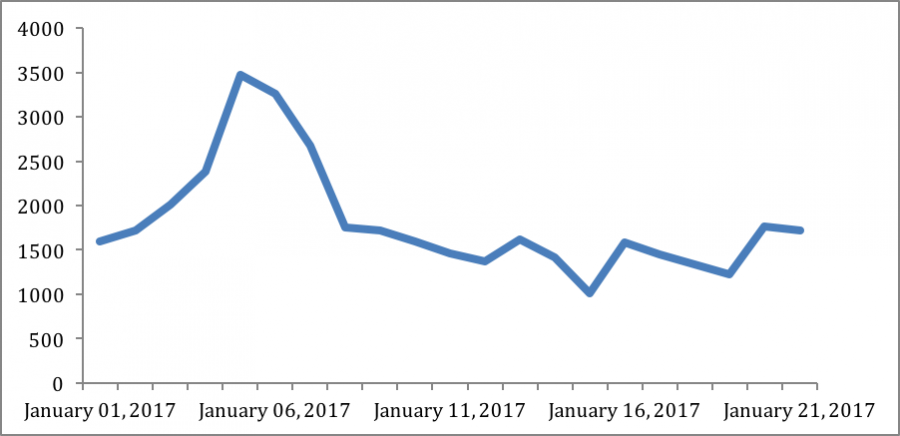
With people trying to shake off the holiday hangover (and making sure everyone knows it) by posting gym selfies and juice diets, it’s no surprise that this latest health fad is creating a lot of buzz on Social Media. In fact, within the first three weeks of the new year, #dryjanuary was mentioned in the UK over 21,000 times on Twitter alone, with most discussions taking place over the first weekend of January. However, with a steady decrease in the number of times mentioned after the first week, it appears that the idea of a second sober weekend was just too stressful for some.
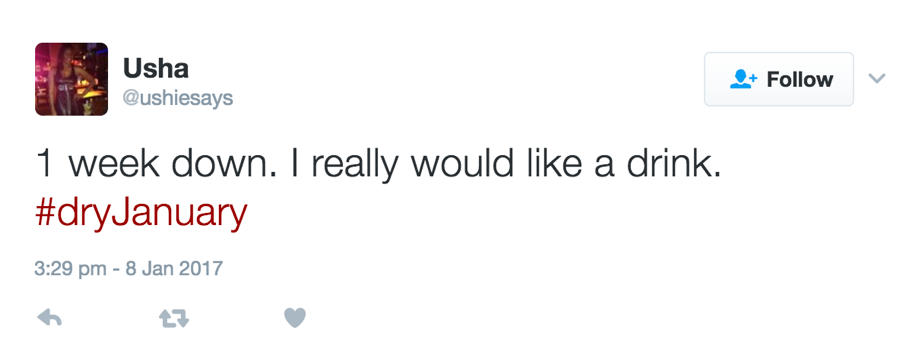

In fact, a week into Dry January, the top trending keyword was help. Enough said.

Here at the Pulsar office, I rounded up the Dry January-ers to see how they got on. It did appear that the second weekend of January was a real struggle with 50% of our Pulstars falling off the bandwagon. The reasons ranging from a "work night out", peer pressure or the realisation alcohol was the key to great chat on a date (the stakes were way too high to resist a little liquid courage).
But, who outside the office walls took part in Dry January? Pulsar used it’s smart yet easy to use bio-filter, and identified who took on the challenge. So, while the people of Pulsar were fresh with excuses, the rest of the UK seemed to be a mixture of Mums, Dads and in particular the students in Oxford creating the most buzz, mostly complaining about the absence of the tipple in their lives.


Yet, it’s not all bad! Using our emotional analysis feature, we identified 73% of #dryjanuary posts as joyful (using a healthy dose of sarcasm and hope to get through the parched winter), while only 20% contained signs of sadness. Also, shout-out to the 637 people out there who have fear, stay strong (Yoda said it best ““Fear is the path to the dark side. Fear leads to anger. Anger leads to hate. Hate leads to suffering.”).

It’s not only a UK trend though, there appears to be several other former liquor-loving countries that have decided to take part in the battle for their slice of sober. Our friends from across the pond, America, making up a significant proportion of the mentions.
But let’s be honest can we blame them? Thanksgiving, Christmas, Boxing day, New Year’s Eve and Trump, it’s a miracle they’re attempting sobriety at all.
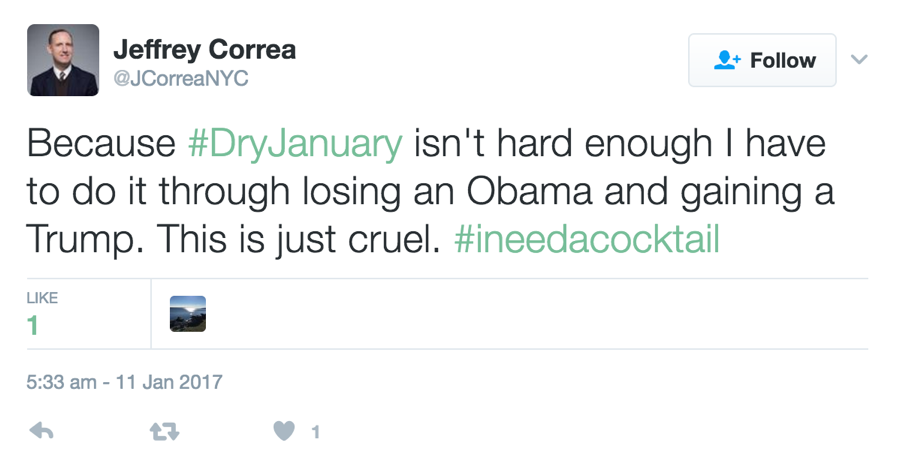
So why do people put themselves through this I hear you ask? For most, it was a chance to detox, a path to clean living as well as to save a bit of cash here and most definitely there. The Pulstars were no exception here (well half of them are), seeing the month event as an opportunity to cleanse their mind, soul as well as make the weekends last longer by remembering every detail of it.
The below word cloud pulled out the way people were talking about #dryjanuary online and for a lot of people, it appeared that weight, health and sticking to a goal were just some of the reasons to take on the challenge.
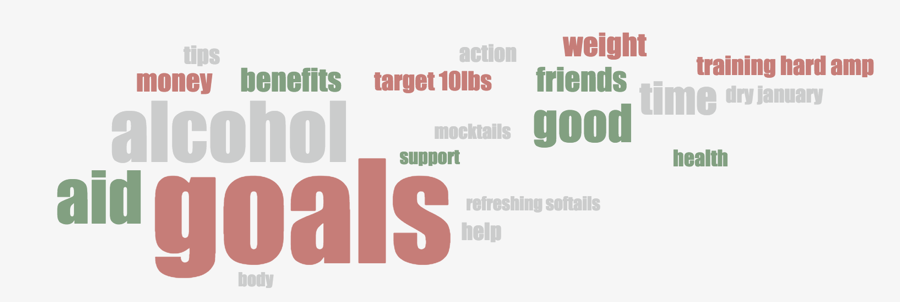
So, with Dry January getting a lot of attention, there’s a new movement that seems to be piggy-backing (ironically) off the health trend… Veganuary. The aim is to eat everything that isn’t desirable for a month - no meat, no chocolate, no cheese!
Pulsar also investigated the increasing popularity of #veganuary across Social Media throughout January. Over 11,000 women discussed Veganuary online, over three times more than the number of men talking about the trend. It also appears to have been a big hit amongst students, even more than Dry January was. All those millennials in Oxford still making an impact.
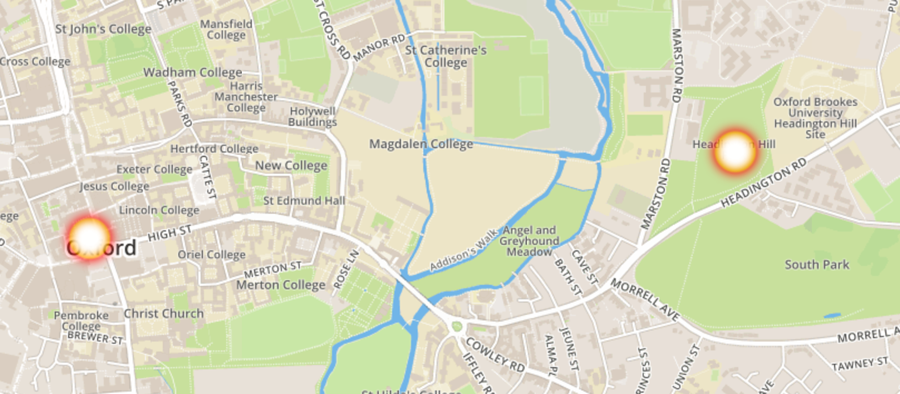
While this is an individual challenge, it looks like brands, cafés and bloggers have taken advantage, strategically aligning their content around this trend. Whether this is through competitions, giveaways or healthy alternatives, brands have identified this as the perfect marketing opportunity to make their products relatable.
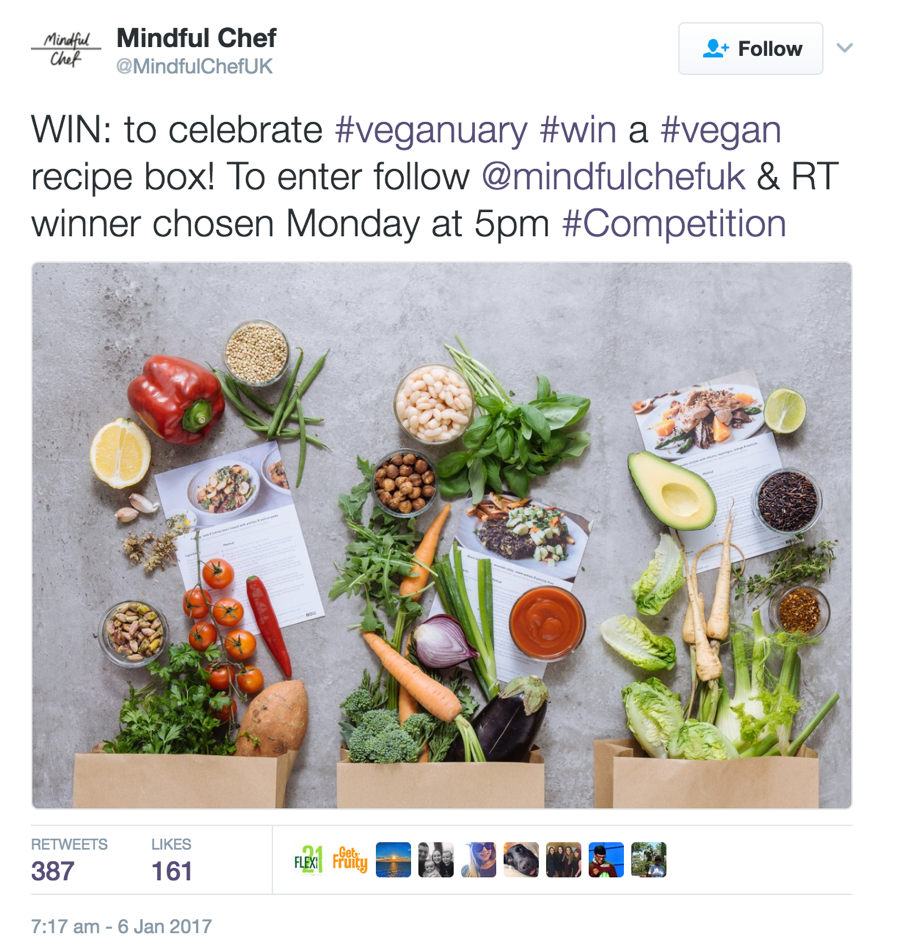
It’s not only brands using the event to make their voices heard, but non-profit organisations too, who take a different spin on the idea. Peta took over Clapham Common tube station, plastering the walls with animal posters and the slogan ‘I’m me, not meat’. All Peta needed was commuters on their way to work who can relate, they see an opportunity for interesting social media content to take a photo, and with one snap of the camera commuters are spreading the message for them.
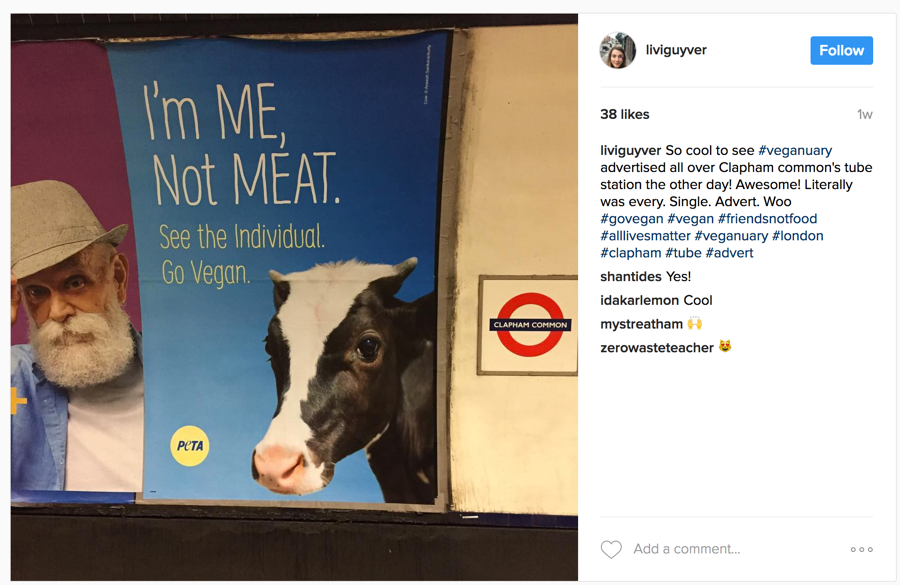
Identifying trends can boost a brand's awareness by emphathising with people's efforts to support their relevant movements. This also allows brands to come across as a person – perhaps almost like a friend, who is there to encourage you to take a break from the booze and the unhealthy food. It's this kind of interaction that can make brands appear more human and relatable, thus building brand affinity.
Need help identifying future trends? Well we can help with our revolutionary social intelligence platforms, give us a shout here.
